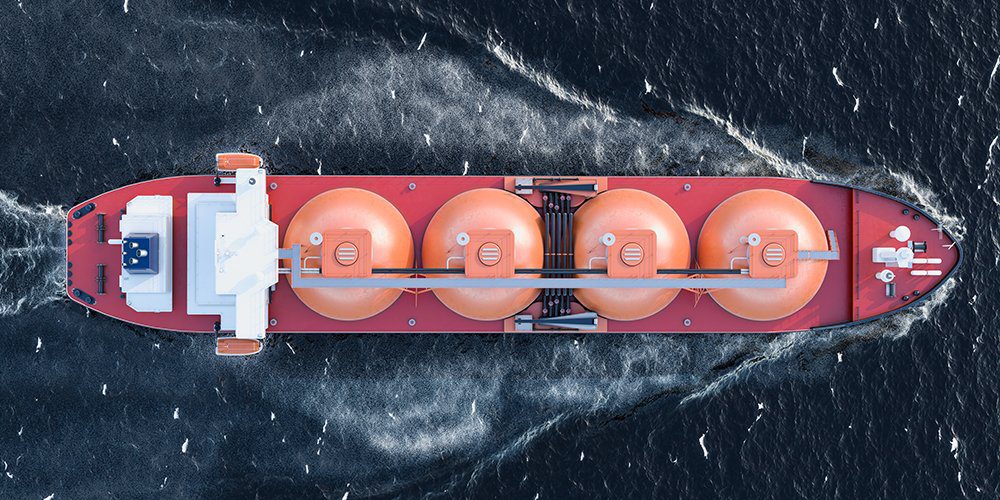One year after Russia’s brutal invasion of Ukraine sent energy and national security shockwaves through Europe, American natural gas continues to be a primary source of relief.
“U.S. LNG has become one of the foundations of U.S. and European energy security, part of the replacement for Russian gas and has even become part of the arsenal of NATO,” energy expert and S&P Global Vice Chairman, Daniel Yergin, told POLITICO.
As threats of Russia choking off the continent’s energy supply became a reality last spring, it was the American shale industry that stepped up to aid our allies by ramping up production and rerouting liquefied natural gas (LNG) cargoes.
This was no small feat. The United States directed 74% of all LNG exports to Europe during the first four months of 2022, EIA data estimates, compared to an annual average of 34% in 2021. By the end of 2022, the U.S. supplied more than half of Europe’s natural gas needs.
“American natural gas is not only providing clean, safe, and reliable energy for the world while creating good-paying jobs – particularly among the building trades – but it’s also a source of much-needed security for our allies,” MSC President Dave Callahan said last year.
Looking back, as the continent prioritized a speedy transition from producing and using its own natural gas in favor of intermittent renewables, Europe became alarmingly reliant on Russian energy.
American LNG represents an upgrade over Russian natural gas in terms of its reliability and security as well as its environmental attributes. Russian natural gas has a 65% higher methane intensity rate than U.S.-produced gas.
America’s largest, most affordable and cleanest source of natural gas, the Appalachian Basin is “duty bound” to help the nations of Europe, Callahan explained to reporters as these events unfolded.
Yet one year later and the domestic industry still faces challenges to sharing our resources around the world.
Additional infrastructure that would safely transport natural gas to both domestic and international markets is a top priority for the industry. Significant pipeline projects have been canceled or remain in limbo thanks to regulatory uncertainty and activist lawsuits.
“The obstruction of common sense, essential energy infrastructure projects has resulted in higher energy costs, increased global reliance on energy produced by tyrants like Vladimir Putin, and ironically prevented increased distribution of the energy source most responsible for the declines in U.S. greenhouse gas emissions,” former U.S. Sen. Pat Toomey (R-PA) said.
Expanding export capacity along the east coast would be another boost to Marcellus producers trying to break through a constrained region. While southeastern Pennsylvania lacks the geologic resources, the region could play an immense role with the development of a Philadelphia LNG facility to aid allies in Europe and beyond.
The Philadelphia LNG Export Task Force chaired by State Rep. Martina White is a promising step forward in Pennsylvania’s ability to become an LNG export hub.
“Russia’s unprovoked invasion of Ukraine made it clear the world needs to become less reliant on Russia for its energy needs,” White said. “Pennsylvania has the resources to help rectify this situation, and that will improve our national security.”
As the second year of war in Ukraine begins, it is long overdue for U.S. lawmakers put politics aside and work together for energy solutions that leverage our strategic assets in Pennsylvania and elsewhere to address energy, national security, and environmental concerns worldwide.





